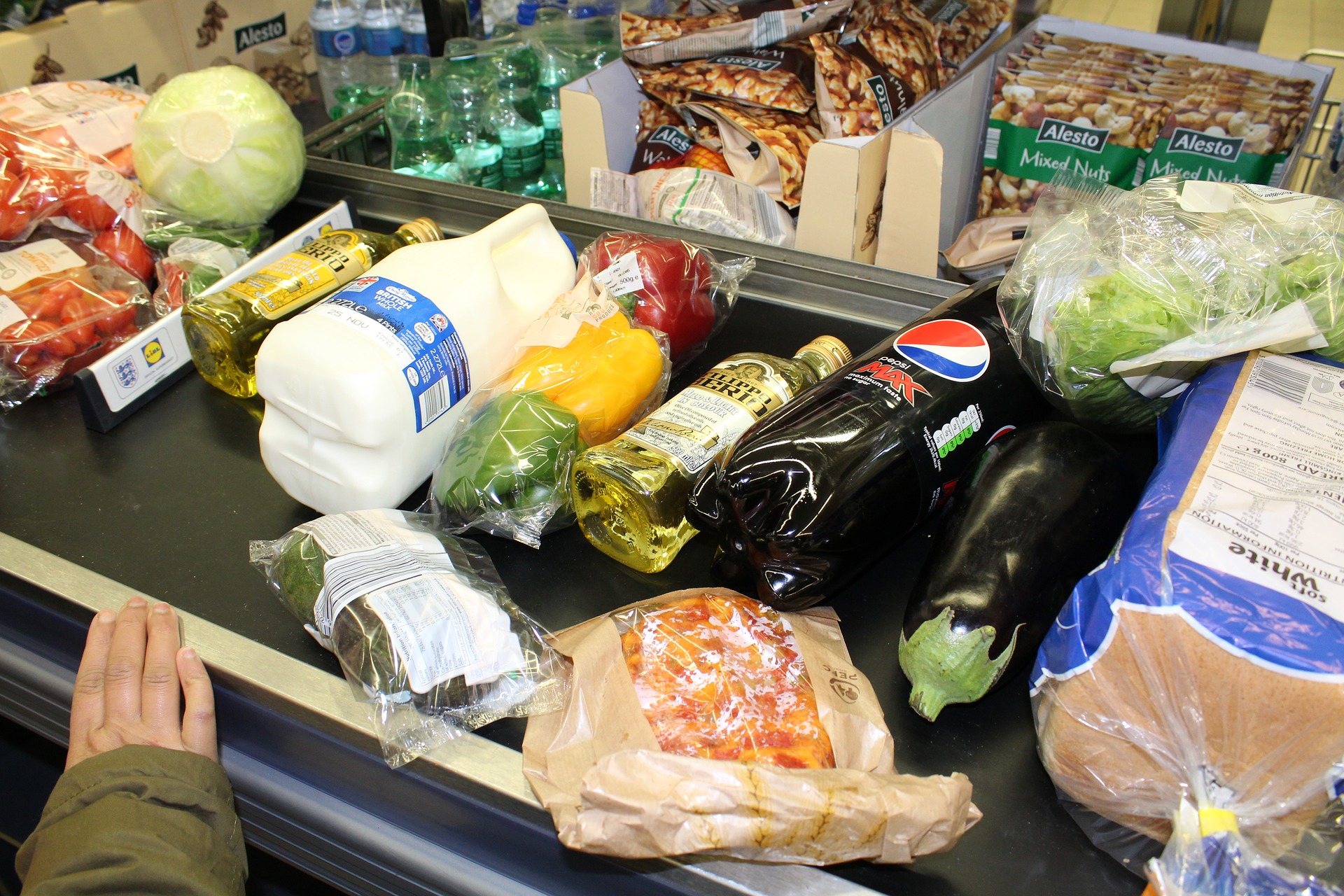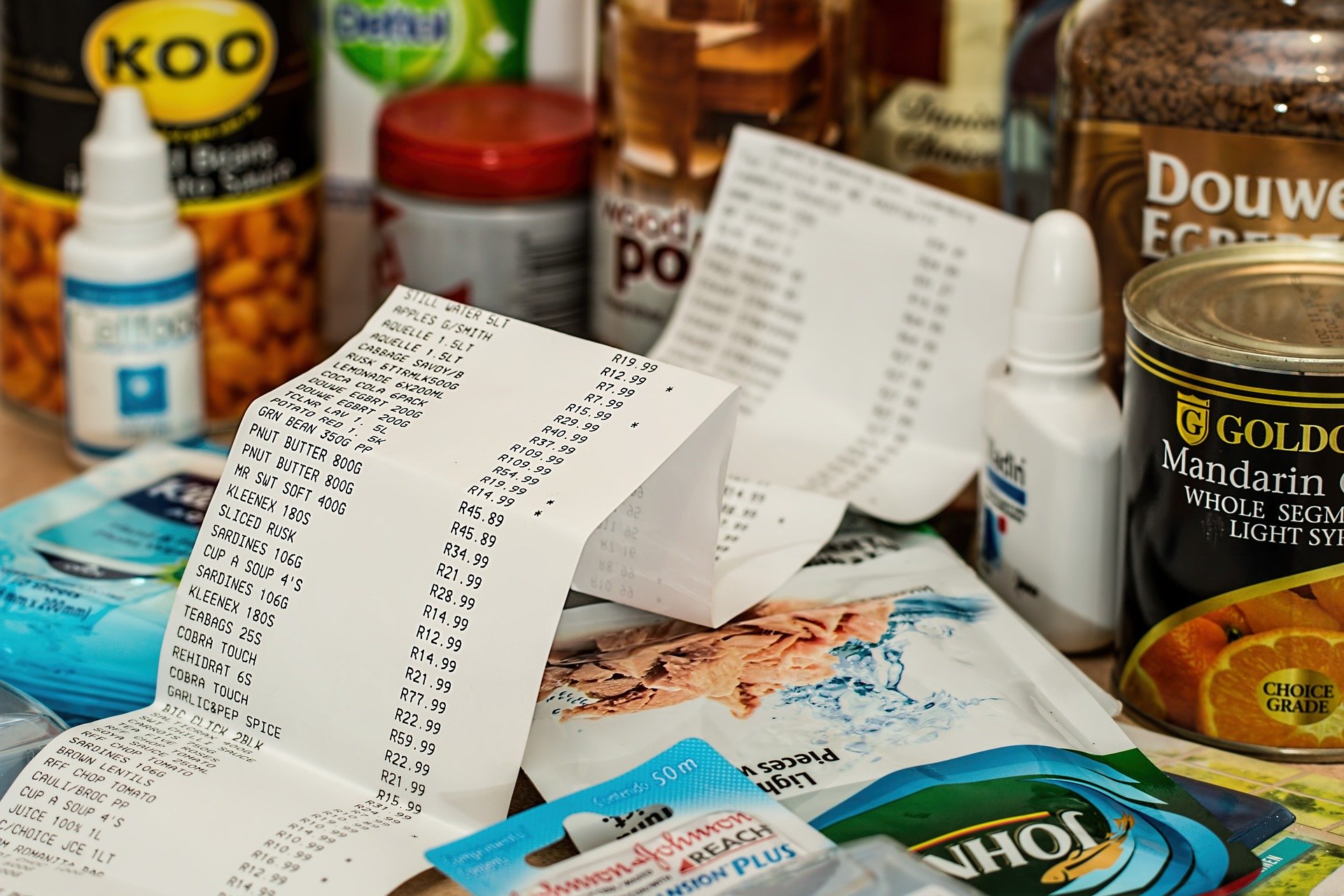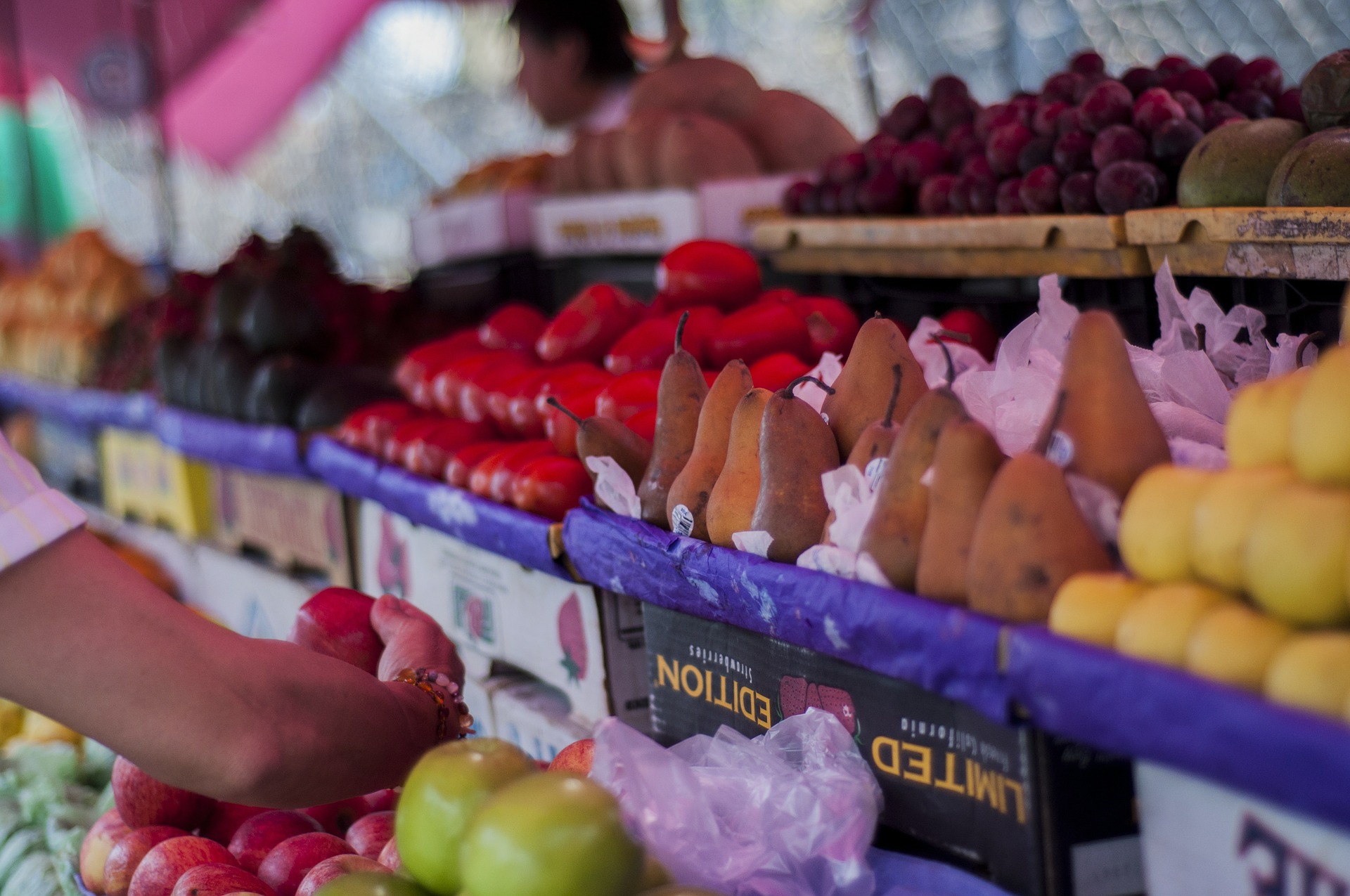


Prof. Pankaj Priya (View Full Profile)
Area Head – Marketing & Retail
Professor of Marketing



COVID-19 has thrown up an unprecedented scenario for mankind. The major impact being felt is on health and social etiquette. The implication for marketers operating in the B2C category is clear. The overarching vision of organizations and business entities is generally implied to be that of serving the society. This vision has gained all the more prominence in the current scenario.
Given this backdrop, B2C marketers’ strategy henceforth would revolve around providing those products whose usage are meant to take preventive measures against possible exposure to any infection from communicable diseases, the most frightening being COVID-19 and contribute significantly to their physiological and mental well-being.
Therefore, their strategy would be based on two planks, namely, diversifying or strengthening their presence in immunity boosting and sanitizing category, and subsequently their customized delivery, if in FMCG sector whereas incorporating health-promoting attributes in the products and ensuring customized delivery in case of consumer durables.

This does not purport reducing focus on easing of purchases decision making process by providing online support through various e-market place sites or the marketer’s own portal. But it is the possession utility derived by the consumer which completes the purchase process. Therefore, the time, place, quantity of product (SKU) and cost of delivery assumes paramount significance. Managing these issues not only requires adequate manpower, but huge amount of working capital to support he vendors as well as manage the trade at all level and goods in transit, that too with technological support.
The key issue is availability of cash in the current scenario. With small traders, wholesalers and retailers being badly hit, the onus lies on the channel principal i.e. the marketers in most of the cases, to take lead. The options available to the marketers are limited, either fish out from their own reserve pool or depend on government’s fiscal and RBI’s monetary support measures respectively in terms of tax rebates and easy credits to finance the whole channel. Both of these options have their own limitations. So, the distribution system should be revisited for early bale out from this situation.
Emergence of new online distributors like Med Life in Pharmaceutical industry and e-market places like Amazon, Flipkart and online grocery stores like Grofers or Big basket have already redesigned the distribution structure for most businesses, but in the process have threatened the existence of traditional trade participants. The strength of online players lies in their discounted prices and home delivery.

Yet, marketers cannot depend solely on them as a large chunk of Indian population still purchases offline for various reasons and the general trade still constitutes nearly 95% of the retail sector. Moreover, the traditional retail sector is a camouflage for unemployment and thus supports the livelihood of a large chunk of the Indian population and are spread wide across the length and breadth of India. Therefore, in order to reach every segment of the market, omni channel distribution has gained importance in the last couple of years.
The present objectives of providing customized delivery-described as one where home delivery in sanitized parcels bereft of any delivery charges with minimal lead time and non-contact with the customers, combined with payment made through e-wallet or cash is preferred for urban gentry and hinterland delivery at very soft credit, can be only achieved through adequate cash flow across the channel in the post-COVID era. The amount of credit demanded by the end customers should also be factored in the working capital requirements, considering the worsening economic condition where average earnings of consumers would dip significantly. This calls for immediate redrafting of the distribution strategy by all players.

Marketers should begin by redefining their short- and medium-term goals. They should be generating volumes rather than generating profits through premium offers. The justification for this redefinition is twofold. Urban areas would witness job losses and rural areas would be facing the pressure from the return of migrant labors in hordes who would try to squeeze themselves in agrarian or related activities for their survival till the economy revives, resulting in fragmentation of per capita income. Therefore, in the current circumstance volumes can only be generated through ‘affordable priced’ offerings, possibly on few days credit.
It implies that marketers should reorient their sales team and trade (traditional, modern brick and mortar and e-channels) to the changed scenario. They have to be sensitized to the fact that on the one hand, they have to adhere to the new expectation from the end customers regarding customized delivery and on the other, they should not expect pre-COVID earnings at least during the present financial year. The message should be clear across all stakeholders — it is the time for small individual sacrifices to attain the larger goal of early movement on the growth path. Channel partners throughout the stream should be ready to work on a reduced profit margins by passing on the benefits to the retailers, as retailers would be functioning on an extended credit line to the consumers while ensuring last mile customized delivery.
Marketers who will reach maximum number of shelves faster than others would have initial visibility as well as availability advantage. This availability during the present supply chain disruptions would have cascading effect during the revival of the economy. In order to alleviate the woes of the farming community, government is stepping in to purchase their produce as fast as possible.

With the government allowing migrant workers to return to their villages and hometowns and earn through farming and MNREGA projects, availability of products, especially FMCG in tier 2 & 3 towns becomes significant. Therefore, it makes sense to tie up with channel partners in related categories in geographies where their own partners cannot penetrate i.e aggressively go for syndicated distribution. It would be a win-win situation for all the parties involved in collaborative distribution. Here a word of caution should be made.
Marketers should not indulge in promoting bulk sale schemes in order to achieve volumes as the existence of weak demand in economy, at least till the year end, would put immense pressure on the availability of capital and result in bankruptcy of the marketers. In order to motivate their sales team as well as the channel partners, it would be advisable for the marketers to prune non-essential or slow moving items from the product line with immediate effect and shift resources on producing and pushing the new essentials categories– hygiene based, health based, preventive care and immunity boosters and health based attributes incorporated in consumer durables. This will make sense to their sales organization as well as the trade and motivate them to push other products in the product mix.

Physical movement of products would be another hurdle for the marketers with most transporters operating below capacity due to reduced working capital and loaders because of intermittent, if not a continuous prolonged lockdown. Here again, availing parcel services of government railways and Indian postal department would come in handy to reach small stations and then utilizing the service of local wholesalers and small transporters to cover the last mile delivery. Companies would do well to explore other modes of transportation for short movements, especially waterways, ropeways and collaborating with bike hailing companies, if they prove to be cost effective.
The crux for a fast revival in the next few months or may be the whole financial year is to think out of box and utilize the present time of lockdown in brainstorming on the possible emerging scenarios and developing various channel design to enhance the effectiveness and efficiency of the distribution channel so as to achieve best possible strategic fit for each scenario. It is to be remembered that customized delivery enhances the customer experience of dealing with the brand which would fetch good returns for the marketers in future as customers would remember who all stood with them during these tough times.
#Covid19 #coronavirus #B2C #Business #Retail











